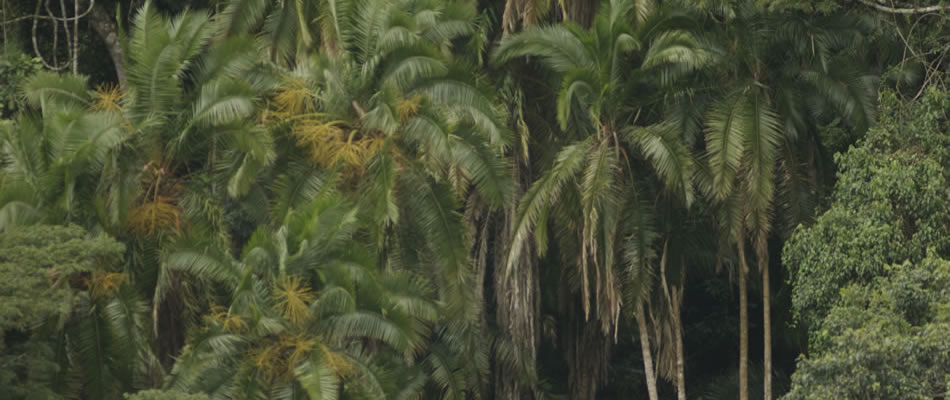Rubeho Environmental Action Plan
In the remote villages of the Rubeho Mountains, TFCG has been working with women and men to turn their vision of a greener future into a reality.

The Rubeho Mountains
Awakening a forest conservation spiritTFCG has been working with the villages around Mafwomero Forest Reserve in the Rubeho Mountains since 2005. At that time many people in this remote area had had little access to information about their rights and responsibilities with regard to forest conservation. Through meetings, world environment day celebrations and teacher training, more and more people began to demand that action be taken to conserve their forests. Developing a shared visionIn 2007 the Critical Ecosystem Partnership Fund provided TFCG with a grant to work with the communities and local leaders in the Rubehos to prepare an environmental management plan that would benefit local people and conserve the Rubeho forests. The plan that was developed by the communities includes a combination of participatory forest management, community development and environmental education. One of the priority activities is to establish participatory forest management process for the Ilole and Chugu forests home to the Abbott’s duiker, Rubeho partridge and the Rubeho squeaker (Arthroleptis nikeae). Neither forest is legally protected or has a management plan. In 2008, with support from Newman’s Own Foundation, TFCG started to support communities and local leaders to implement their plans for a more sustainable future for the Rubeho’s forests. Additional funds are urgently needed to conduct some basic management activities such as boundary marking, writing management plans and securing legal protection for Ilole and Chugu. |
An overlooked island of endemism…Through recent biodiversity research conducted by the Tanzania Forest Conservation Group in partnership with the Zoological Museum of Copenhagen and the Trento Museum of Natural History, Italy, scientists have realised that the Rubeho Mountain forests are far more important than was previously thought. Since 2000, two vertebrate species strictly endemic to the Rubeho Mountains have been discovered, the partridge Xenoperdix obscurata and the frog, Arthroleptis nikeae. Both are found in the Mafwomero forest. TFCG surveys have also identified a significant population of the Abbott’s duiker in Ilole Forest, a species categorized as being Vulnerable to extinction by IUCN. A further 12 Eastern Arc endemic vertebrate species have also been recorded from this area. …under threatTFCG’s surveys have also identified significant threats to the forest. Mang’alisa Forest on the western edge of the Rubeho Mountains has one of the highest rates of forest loss recorded in the Eastern Arc. Threats include illegal logging, uncontrolled fires and clearance of forest for agricultural land. Find out moreTo find out more about the people living in the Rubeho Mountains and what they want to achieve please read the TFCG socio-economic study of the area (pdf 693 kb) and the Community Environmental Action Plans (pdf 370 kb). |
